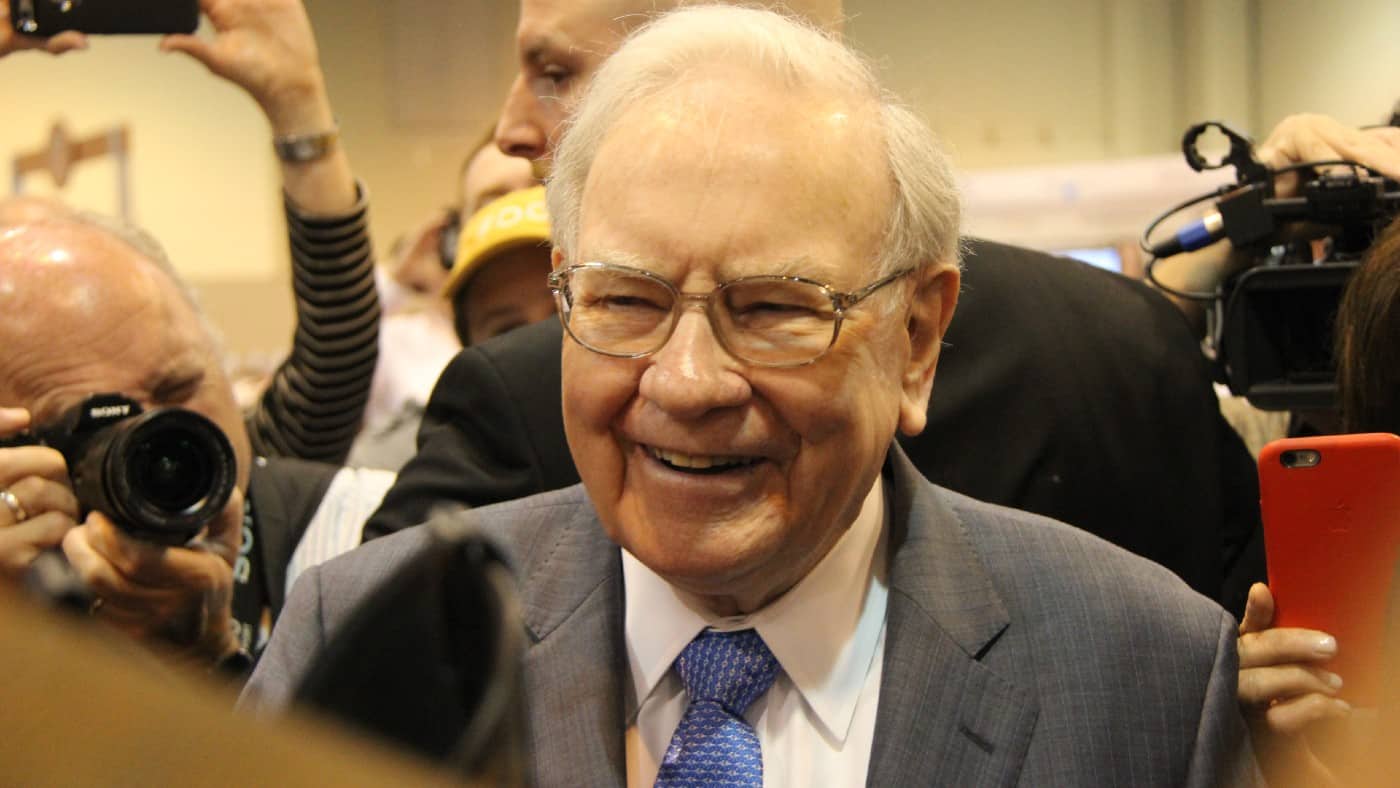Legendary investor Warren Buffett once said: “Be greedy when others are fearful, and fearful when others are greedy”. It’s a strategy his investment company, Berkshire Hathaway, has deployed since its inception and continues to use today.
On Monday, Berkshire released its 13-F filing. This document essentially outlines what the business has been buying and selling over the last quarter. And unsurprisingly, it’s continuing to leverage the opportunity the ongoing stock market correction is offering.
Overall, the ‘Oracle of Omaha’ and his team spent $3.8bn net of sales buying shares. That’s not as bombastic as the $41bn invested last quarter. But it’s clear they still see plenty of value at today’s prices, even after some recovery in July.
With a stock market recovery seemingly under way, the time to capitalise on low prices seems to be running out. So, with that in mind, how can I use Buffett’s tips to build a sizeable retirement portfolio, even if I were to start from scratch?
How Warren Buffett finds value
At the heart of any value investing strategy is finding high-quality companies whose stock is trading below a fair price. Typically, finding these opportunities is hard work that requires a lot of detailed knowledge into the rabbit hole of corporate valuation.
Fortunately, the process has become a lot easier in 2022 since most investors are falling prey to their emotions rather than staying objective. Consequently, there are plenty of top-tier businesses selling at impressive discounts. Or at least, that’s the impression I’m getting from Buffett’s latest buying activities.
But that doesn’t mean every sold-off stock is a bargain. In fact, there are plenty of shares collapsing for a good reason. The disruptions caused by Covid-19 continue to plague certain industries. And for those that needed to load up on debt in 2020, the rising interest rates could spell serious trouble ahead.
So how can I differentiate the good from the bad? Well, according to Buffett, it’s all to do with competitive moats. These are a collection of competitive advantages that makes a company stand out from their peers, enabling it to grow faster and deliver more value to shareholders.
Some examples of advantages include pricing power, a strong brand, and a reputation for high-quality products/services, among others.
Aiming to build a nest egg
By identifying the stocks with a wide moat, robust financial health, and an undervalued share price, Warren Buffett has achieved an average annual return of 20.1% since 1965!
Compared to the 7.8% return achieved by the FTSE 100, or 10.5% by the S&P 500, over the same period, I think it’s fair to say his stock picking strategy works. Replicating this level of performance is obviously not going to be easy. Fortunately, I don’t actually have to do this well to retire rich.
Let’s say I’m starting from scratch, adding £500 monthly to my portfolio. Assuming I’m able to find Buffett-tier investment opportunities, hitting an annualised return of around 14%, while challenging, is plausible.
After 30 years, my retirement fund could grow to an impressive £2.75m with this level of return. Of course, it’s not guaranteed. Stock market volatility may significantly disrupt the wealth-building process. And if I pick the wrong stocks, I could end up losing money. Nevertheless, given the potential rewards, I feel it’s a risk worth taking.








